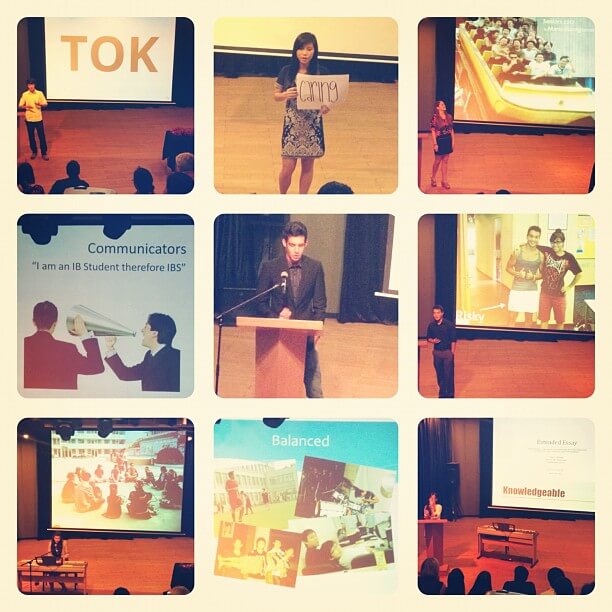The Art of Memory
In a space of growing and evolving distributional technologies, where any conceivable image can be produced at the swipe and tap of a handheld device, we are exposed to a previously unimaginable range of information and memory.
Modern life is flooded with visual and audio stimuli, so it is no surprise that it plays such a vital role in human cognitive functioning.
You may consider yourself an auditory or kinaesthetic learner, but it is a known fact that visual material aids information retention dramatically.
Molecular biologist John Medina knows this to be true. ‘We are incredible at remembering pictures. Hear a piece of information, and three days later you’ll remember 10% of it. Add a picture and you’ll remember 65%’.
Even though research into the value of the arts as a cognitive aid has been ongoing since the early 90s, it seems that modern day educators are neglecting to use available multimedia to its full potential.
Integrating the arts into the core curricula goes further than creating an engaging method of delivering lessons, but actually helps to build a network of informational schemas within the brain that are easier to remember.
A pupil is more likely to understand fractions if applied to something they are already familiar with – cue mental association. Singing the periodic table of elements to the tune of a nursery rhyme is a perfect example.
As researchers have outlined, a Powerpoint presentation with slides filled with text just reinforce our ineffective dependence on the verbal and written word. It is through highlighting connections with the arts that allows our mind to make informed associations between formally unrelated information.
That being said, not one art form is interesting to all. Some individuals might have a certain predisposition, such as coordination or enhanced fine motor skills and so are inclined towards certain art forms like dance or fine art.
I propose that perhaps these disciplines are not as unhelpful as our education secretary might have us believe.

Comments (2)
I am a primary school teacher and it is without doubt that all disciplines should be used within the classroom to fulfill every learner’s needs. However, visual material aids are, without doubt, a favourite among the children I teach and usually prove to be the most successful in terms of understanding and retention.
I am a primary school teacher and it is without doubt that all disciplines should be used within the classroom to fulfill every learners’ needs. However, visual material aids are, without doubt, a favourite among the children I teach and usually prove to be the most successful in terms of understanding and retention.